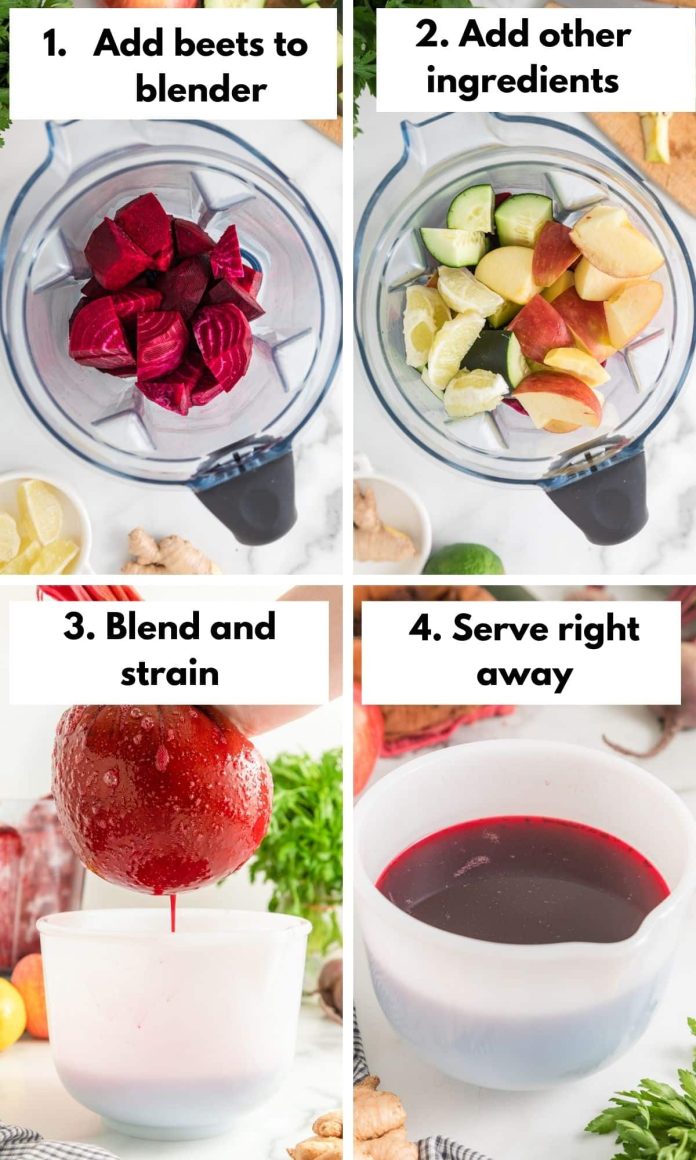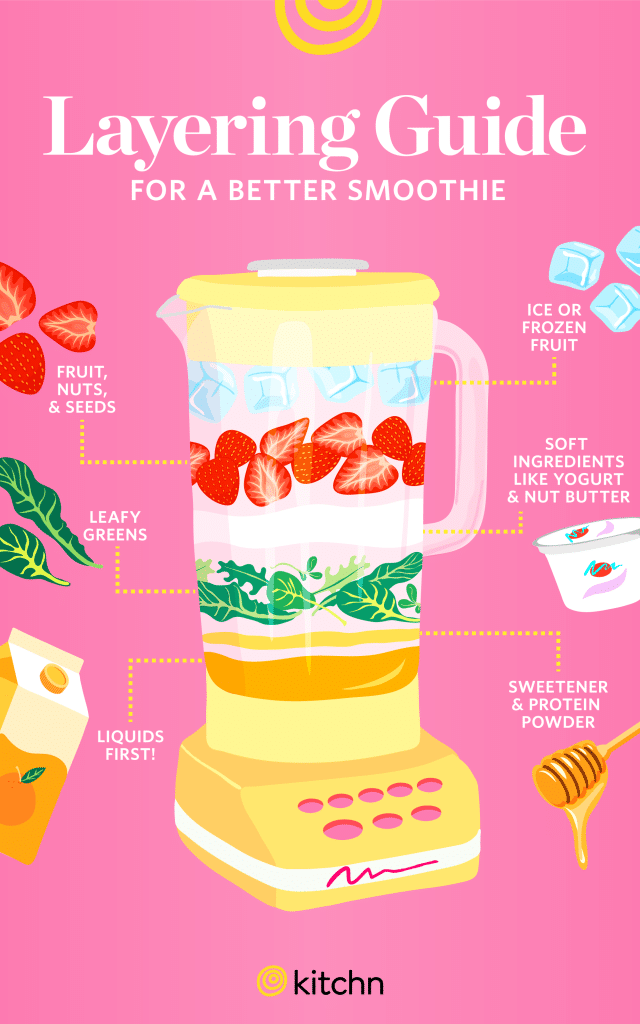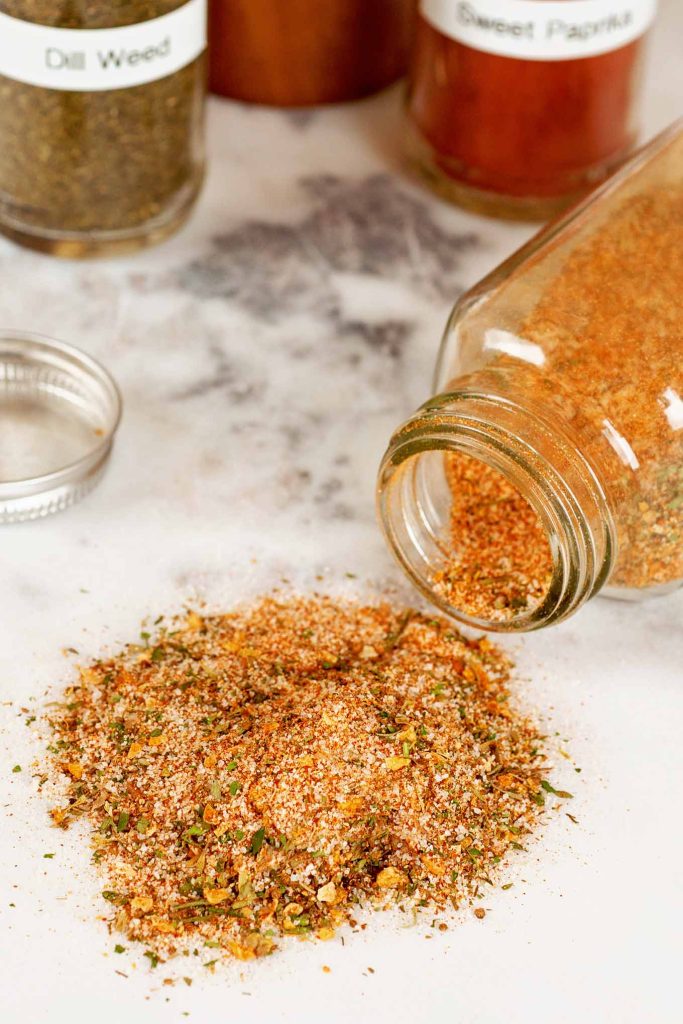We know that achieving the perfect blend in cooking can be a true art form. From soups to smoothies, finding the right combination of ingredients can elevate any dish to a whole new level. But have you ever wondered which ingredients work best for blending? In this article, we will explore the secret to creating harmonious flavors and textures that will leave your taste buds begging for more. Get ready to unlock the key to blending success!
Review contents
Fruits
When it comes to blending, fruits are some of the best ingredients to use. They not only provide natural sweetness, but also add a smooth and creamy texture to your blends. Let’s take a look at some of the different types of fruits that work well in a blender.
Berries
Berries are a popular choice when it comes to blending. They are packed with antioxidants, vitamins, and fiber, making them a nutritious addition to any blend. Whether you prefer strawberries, blueberries, raspberries, or blackberries, these little bursts of flavor will add a delightful touch to your smoothies, shakes, or juices.
Tropical fruits
Tropical fruits can add a tropical twist to your blends. From the juicy sweetness of pineapple to the creamy richness of mango, these fruits bring a taste of the tropics to your blender creations. Other examples of tropical fruits you can use include papaya, guava, and passion fruit. Not only do they taste delicious, but they also provide a good source of vitamins and minerals.
Citrus fruits
Citrus fruits, such as oranges, lemons, and grapefruits, offer a refreshing burst of flavor to your blends. They are high in vitamin C and provide a tangy zing that can brighten up any smoothie or juice. Citrus fruits also have a natural acidity that helps balance out the sweetness of other ingredients, creating a perfectly balanced blend.
Stone fruits
Stone fruits, like peaches, plums, cherries, and apricots, are not only delicious but also add a distinct flavor profile to your blends. These fruits have a sweet and juicy flesh that adds a natural sweetness to your smoothies or shakes. Blend them with other fruits or even add them to your yogurt for a delightful treat.
Vegetables
Don’t limit your blending to just fruits – vegetables are also a great addition to your blends. They not only provide added nutrients but also contribute to the overall taste and texture of your creations. Let’s explore some of the different types of vegetables that work well in a blender.
Leafy greens
Leafy greens, such as spinach, kale, and Swiss chard, are fantastic options for blending. They are packed with vitamins, minerals, and fiber, making them a great choice for those looking to add more nutrition to their blends. Green smoothies are a popular way to incorporate leafy greens into your diet and can be easily customized to your taste preferences.
Root vegetables
Root vegetables, like carrots, beets, and sweet potatoes, can add a touch of natural sweetness and vibrant color to your blends. They are rich in vitamins, minerals, and fiber, making them a nutritious addition to your blender creations. Carrots, in particular, are known for their high beta-carotene content, which converts into vitamin A in the body.
Cruciferous vegetables
Cruciferous vegetables, such as broccoli, cauliflower, and cabbage, provide a unique flavor and texture to your blends. These vegetables are highly nutritious and are known for their cancer-fighting properties. Blending cruciferous vegetables with other ingredients can help mask any strong flavors, making it easier to enjoy their health benefits.
Squash
Squash, like butternut squash and pumpkin, are excellent choices for blending. They add a creamy and velvety texture to your blends, making them perfect for soups or smoothies. Squash is low in calories and packed with vitamins and minerals, making it a healthy and satisfying addition to your blends.
This image is property of storage.googleapis.com.
Dairy Products
Dairy products not only add creaminess to your blends but also contribute to the overall taste and nutritional value. Let’s explore some of the dairy products that you can use in your blends.
Milk
Milk is a common ingredient used in smoothies and shakes. It provides a creamy base and adds a touch of richness to your blends. Whether you prefer cow’s milk or plant-based alternatives like almond or soy milk, they all work well in blending. Milk is also a good source of calcium and vitamin D, which are essential for maintaining healthy bones.
Yogurt
Yogurt is another dairy product that adds creaminess and a tangy flavor to your blends. It is a great source of probiotics, which promote a healthy gut and immune system. Greek yogurt, in particular, is known for its thicker consistency and higher protein content, making it a popular choice for smoothie enthusiasts.
Cheese
Cheese might not be the first thing that comes to mind when thinking about blending, but it can add a savory and indulgent touch to your creations. Cream cheese or soft cheeses like ricotta or cottage cheese can be blended into dips or spreads, adding a unique flavor and creamy texture. Just be mindful of the calorie content and portion sizes when using cheese in your blends.
Nuts and Seeds
Nuts and seeds are nutritional powerhouses that add a lovely texture and flavor to your blends. Let’s delve into some of the nuts and seeds that work best for blending.
Almonds
Almonds are a popular choice for blending due to their mild and versatile flavor. They add a creamy texture and a hint of nuttiness to your blends. Almonds are also a good source of healthy fats, protein, and fiber, making them a satisfying addition to any blend.
Chia seeds
Chia seeds have gained popularity in recent years due to their impressive nutritional profile. When soaked, chia seeds develop a gel-like texture, making them great for thickening smoothies or creating chia puddings. These tiny seeds are packed with omega-3 fatty acids, fiber, and antioxidants.
Flaxseeds
Flaxseeds are another fantastic option for blending. They have a slightly nutty flavor and add a subtle crunch to your blends. Flaxseeds are one of the best plant-based sources of omega-3 fatty acids and are also rich in fiber. Grinding flaxseeds before blending ensures maximum absorption of their nutrients.
Cashews
Cashews are a creamy and indulgent addition to your blends. They add richness and a smooth consistency to your smoothies or shakes. Cashews are a good source of healthy fats, protein, and minerals like copper and magnesium, making them a nutritious choice for blending.
This image is property of www.eatingbirdfood.com.
Sweeteners
Sometimes, you may want to add a touch of sweetness to your blends. This is where sweeteners come into play. Let’s explore some natural sweeteners that you can use in your blends.
Honey
Honey is a popular natural sweetener that not only adds sweetness but also lends a unique flavor profile to your blends. It is rich in antioxidants and has antibacterial properties. Honey pairs well with a variety of fruits and can be used in moderation to sweeten your blends.
Maple syrup
Maple syrup is another natural sweetener that adds a distinct taste to your blends. It comes from the sap of maple trees and is a rich source of antioxidants and minerals. Maple syrup is a great choice for those looking for a sweetener that complements fall flavors like pumpkin and cinnamon.
Dates
Dates are a natural sweetener that adds a caramel-like sweetness to your blends. They are packed with fiber, vitamins, and minerals, making them a healthier alternative to refined sugar. Dates can be blended directly into your smoothies or soaked in water to create a sweet paste that can be used as a sweetener.
Stevia
Stevia is a plant-based sweetener that is much sweeter than sugar but has zero calories. It is extracted from the leaves of the Stevia rebaudiana plant. Stevia is a popular choice for those looking to reduce their sugar intake and is available in both liquid and powdered forms.
Liquid Bases
Liquid bases are an essential component of any blend as they help create the desired consistency and aid in the blending process. Let’s explore some of the different liquid bases that work well in blending.
Water
Water is the simplest and most accessible liquid base. It adds hydration and helps thin out your blends, creating a smoother texture. Water is calorie-free and does not alter the taste of your blends, making it a versatile choice for any recipe.
Coconut water
Coconut water, the clear liquid found inside young coconuts, is a popular choice for adding natural sweetness and electrolytes to your blends. It is low in calories and high in potassium, making it a great choice for post-workout recovery or as a refreshing ingredient in tropical-inspired blends.
Almond milk
Almond milk is a plant-based alternative to dairy milk that adds creaminess and a subtle nutty flavor to your blends. It is lower in calories and fat compared to cow’s milk and is suitable for those with lactose intolerance or dietary restrictions. Almond milk comes in various flavors like vanilla or chocolate, allowing for endless blending possibilities.
Green tea
Green tea is a healthy beverage that can also be used as a liquid base in your blends. It adds a subtle bitterness and a dose of antioxidants to your creations. Green tea can be brewed and cooled before adding it to your blends for added flavor and health benefits.
This image is property of www.thespruceeats.com.
Boosters
Boosters are ingredients that add an extra nutritional punch to your blends. They can enhance the taste, texture, and overall nutritional value of your creations. Let’s explore some of the different boosters that you can incorporate into your blends.
Protein powder
Protein powder is a common booster used in blends, especially for those looking to increase their protein intake. It can be made from various sources like whey, pea, or hemp protein. Protein powder not only adds a creamy texture but also helps keep you feeling full and satisfied.
Superfoods
Superfoods are nutrient-dense ingredients that offer a wide range of health benefits. Some popular superfoods to consider adding to your blends include spirulina, a blue-green algae that is packed with protein and antioxidants, and acai berries, which are rich in vitamins, minerals, and antioxidants. Superfoods can be added in powder or frozen form to your blends.
Nutritional supplements
Nutritional supplements, like vitamins or minerals, can be added to your blends to boost overall nutrition. Whether you need an extra dose of vitamin C or a calcium supplement, incorporating these into your blends can be a convenient and tasty way to achieve your daily nutrient requirements. Always consult with a healthcare professional before adding any supplements to your diet.
Herbs and Spices
Herbs and spices are an excellent way to add depth and complexity to your blends. They can turn a simple blend into a flavorful masterpiece. Let’s explore some of the herbs and spices that work well when blended.
Cinnamon
Cinnamon adds a warm and sweet flavor to your blends. It pairs well with fruits, especially apples and bananas. Cinnamon is also known for its potential health benefits, such as helping regulate blood sugar levels and reducing inflammation. A sprinkle of cinnamon can elevate the taste of your blends and add a cozy touch.
Ginger
Ginger adds a spicy and slightly tangy flavor to your blends. It pairs well with citrus fruits or tropical flavors. Ginger is also known for its anti-inflammatory properties and can help soothe an upset stomach. Fresh ginger adds a vibrant and aromatic kick to your blends, while dried ginger can add a more concentrated flavor.
Turmeric
Turmeric, a bright yellow spice, adds a distinct earthy and slightly bitter taste to your blends. It pairs well with fruits, vegetables, and even dairy products like yogurt. Turmeric is known for its powerful antioxidants and anti-inflammatory properties. A pinch of turmeric can add a vibrant color and unique flavor to your blends.
Mint
Mint adds a refreshing and cooling flavor to your blends. It pairs well with fruits like watermelon and berries. Mint is known for its soothing properties and can help aid digestion. Fresh mint leaves or a few drops of mint extract can transform your blends into a refreshing and invigorating treat.
This image is property of www.cleaneatingkitchen.com.
Oils and Fats
Adding a small amount of healthy oils and fats to your blends can enhance the creaminess and provide essential nutrients. Let’s explore some of the oils and fats that work well in blending.
Avocado oil
Avocado oil is a healthy oil that adds a creamy texture to your blends. It is rich in monounsaturated fats, which are known to be heart-healthy. Avocado oil has a mild flavor that complements both sweet and savory blends.
Coconut oil
Coconut oil adds a tropical and slightly sweet flavor to your blends. It solidifies at room temperature, so it can help create a thicker consistency in your blends. Coconut oil is high in healthy saturated fats and can provide a quick source of energy.
Flaxseed oil
Flaxseed oil is a plant-based oil that adds a nutty flavor to your blends. It is rich in omega-3 fatty acids, which are essential for brain health and reducing inflammation. Flaxseed oil should be stored in the refrigerator to keep it fresh and prevent oxidation.
Probiotics
Probiotics are beneficial bacteria that can support a healthy gut and immune system. Including probiotic-rich ingredients in your blends can provide an extra boost of gut-friendly goodness. Let’s explore some of the probiotic ingredients that work well in blending.
Yogurt with live cultures
Yogurt with live cultures, such as Greek yogurt or kefir, is a delicious way to incorporate probiotics into your blends. These fermented dairy products contain strains of beneficial bacteria that can promote gut health. Yogurt adds a creamy texture and tangy flavor to your blends.
Kefir
Kefir is a fermented milk drink similar to yogurt but has a thinner consistency. It is rich in probiotics and can be used as a liquid base or blended into smoothies. Kefir adds a slightly tart and tangy flavor to your blends, making them more refreshing.
Sauerkraut
Sauerkraut is a fermented cabbage dish that is often used as a condiment. It contains probiotics and can add a tangy and slightly sour flavor to your blends. Sauerkraut can be blended into dips or spreads to add a unique twist to your creations.
Blending is a versatile way to incorporate a wide variety of ingredients into your diet. Whether you prefer fruity smoothies, veggie-packed blends, or protein-rich shakes, there are countless possibilities to explore. Remember to experiment with different combinations and enjoy the endless flavors and nutritional benefits that blending has to offer. Happy blending!
This image is property of www.mygourmetconnection.com.






































